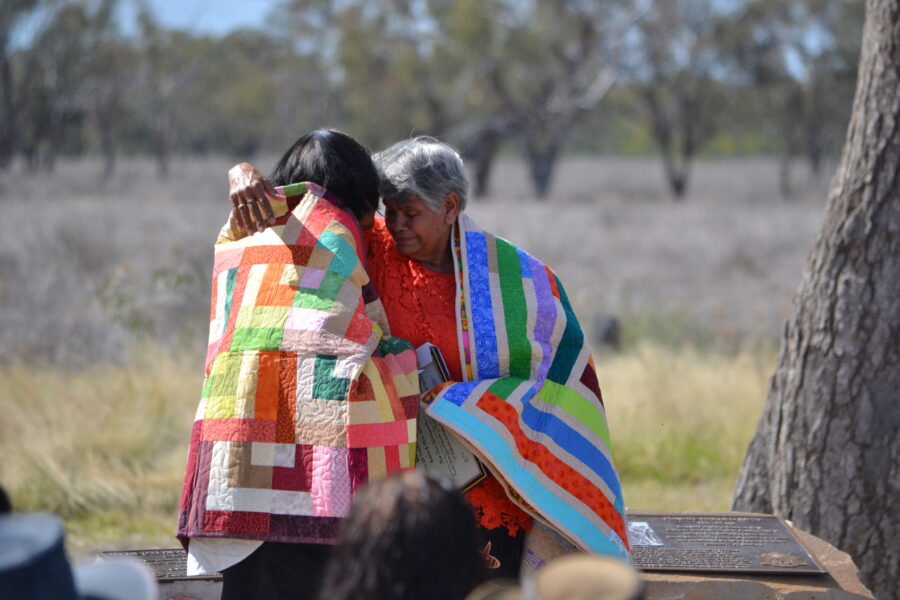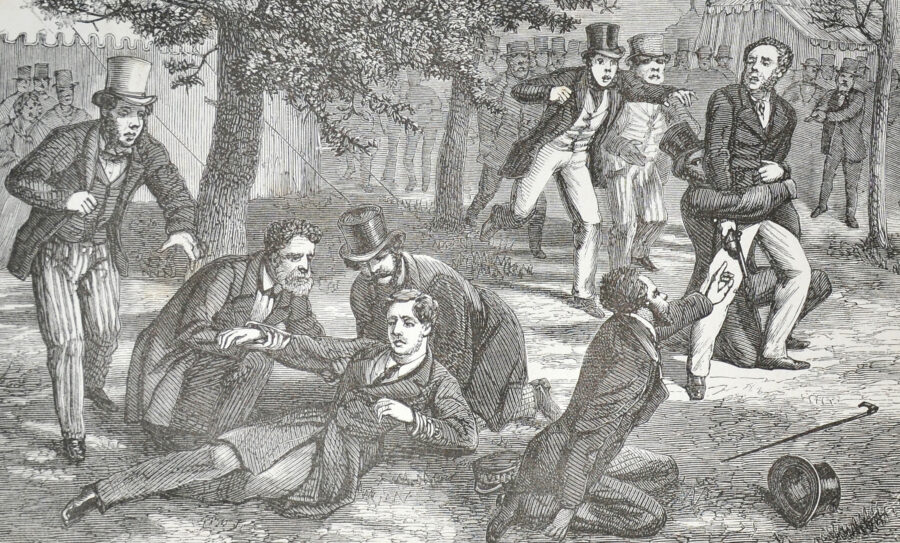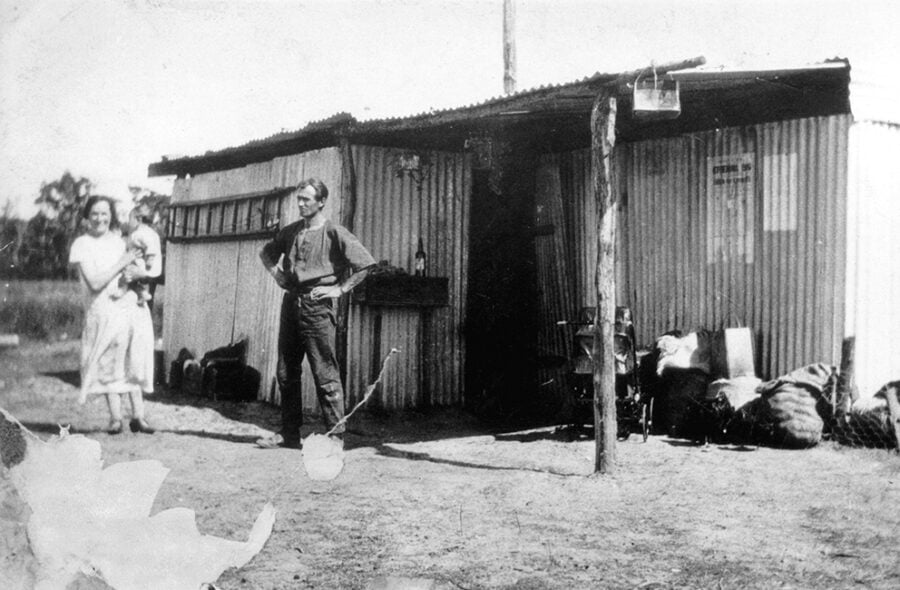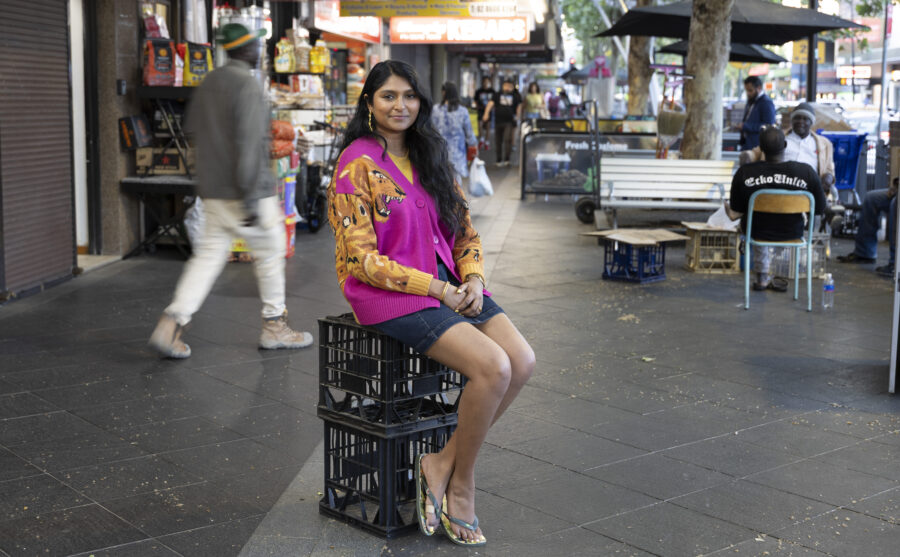Indigenous servicemen: Their contribution
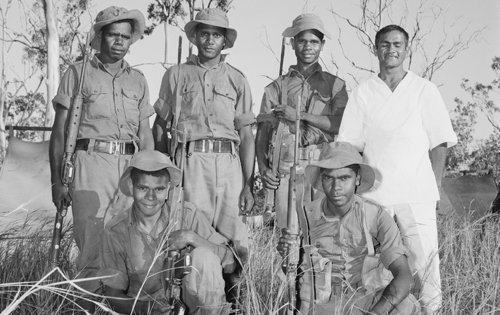
In June 1941, German troops took control of the Greek Island of Crete where Reginald Saunders was serving as an non-commissioned officer in the 2/7th Battalion.
There were two options for the 21-year-old Australian serviceman: surrender to the Germans or take to the hills and try and survive. Reg was always going to choose the latter. That was his family way. With the help and generosity of the local villagers he took refuge in an old church 5km from town. Hiding in cupboards and drains during German raids, he evaded capture for 12 months.
In mid-May, Glenda, one of Reg’s ten children, discovered a long-lost diary of Australia’s most famous indigenous servicemen. It was from his time in New Guinea, sometime later in the war. After a week of incessant rain and plagued by fever, Reg wrote in his diary, “I had the most terrible week of my life, and I’ve been to Crete!”
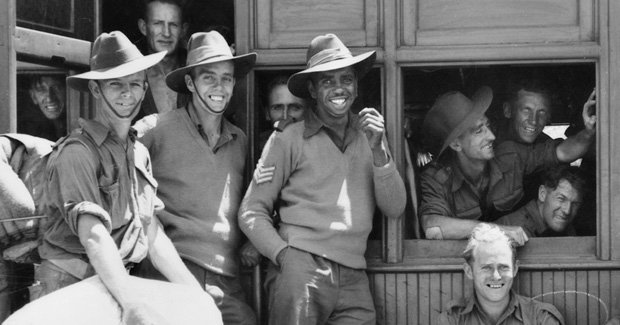
After his ordeal in Crete, Reg was commissioned to officer’s training back in Australia and he was soon promoted to Captain. Reg, from Gunditjmara people in western Victoria, became the highest ranked indigenous servicemen in Australian history and was later appointed Member of the Order of the British Empire (MBE) for his civilian duties after the war.
Harry Gordon, an Australian journalist who spent time with Reg some years later in Korea, wrote: “He was accepted unreservedly by the men who served with him because false values do not flourish among front-line soldiers.”
The Great wars
In the trenches of the great wars indigenous Australians found respite from the racism and bigotry of mainstream Australia. The service was one of the few places racism wasn’t the norm during the first half of the twentieth century. In the trenches, they say “everything is grey”. White serviceman next to black serviceman – they were in it together. Mateship trumped race. For many non-indigenous Australians it was the first time they had ever encountered their indigenous countrymen.
At the time, indigenous people could not enter a public bar, nor could they own property or vote. Society was segregated and remained so until 1967 when indigenous Australians were finally recognised as citizens. Despite a ban on non-Europeans enlisting during the two world wars, 1000 indigenous Australians fought the prohibition and enlisted during World War I. The number ballooned during World War II to more than 3000. Many lost their lives.
The service was the only place an indigenous man could make a decent wage. “The ADF (Australian Defence Force) was the first equal-opportunity employer of indigenous Australians” says Gary Oakley, a curator and indigenous liaison with the Australian War Memorial.
Yet a cruel reality set in when indigenous veterans came home. They were seldom allowed into bars to share a beer with fellow returned veterans and restricted from marching in ANZAC day parades. According to Gary, there are only three reports of returning indigenous veterans being granted a soldier settler block, as was common place after World War I. Despite these inequalities, indigenous Australians have participated in nearly every war and peace-keeping mission Australia has been involved in.
One indigenous ex-serviceman, Trevor Wilson, from Coffs Harbour has recently rallied to hold a march and commemorative service for indigenous and non-indigenous veterans. “We served together, we can march together – although a lot of our blokes didn’t really get a fair go when they returned,” he says.
Bev Manton, a member of the Worimi people and Chairwoman of NSW Aboriginal Land Council agrees. “It is appropriate to recognise the distinguished service of Australia’s Aboriginal and Torres Strait Islander war veterans…they have not received the recognition they deserve. All too often they are the forgotten veterans,” she says.
All quiet on the northern war front
The service of Torres Strait Islanders was significant during WWII. Almost every man of eligible age for service in the Torres Strait Islands enlisted to fight during the war – some 830 men in total. “The Torres Strait had the highest rate of volunteers any where in Australia during WWII” says Gary.
The Torres Strait Light Infantry Battalion, formed to defend Australia’s Top End, was the only indigenous battalion ever to be formed in Australian military history. By 1944 nearly every able-bodied male Torres Strait Islander had enlisted, though they never received the same rate of pay or conditions as non-indigenous soldiers.
Also patrolling the top end during WWII was the 2/1st North Australia Observer Unit, the ‘Nackaroos’. They protected Australia’s northern coast, ever alert for a Japanese invasion. The unit was commanded by Major W.E.H. Stanner, later to become one of Australia’s most famous anthropologists. Today, indigenous servicemen of the North West Mobile Force (NORFORCE) patrol and protect our nation’s shores across the wide expanse of Australia’s northern coast. They are a small but integral part of a large cohort of indigenous Australians currently serving – and of course on full pay as fully recognised Australian servicemen.
Lest we forget
The stories of the indigenous Australians who did so much for their country and to progress their own struggle are quickly being lost in the sands of time, some fear. “With the shorter life expectancy of indigenous people (compared to non-indigenous Australians) a lot of their stories have already been lost; we may never know exactly how many served” says Gary.
It is this elusive legacy that Australian National University professors Mick Dodson – an indigenous Australian from the Yawuru peoples of the southern Kimberley in WA and Australian of the Year 2009 – and Ann McGrath OAM Fellow of the Academy of Social Sciences, are currently documenting in a new research project.
While the paper trail of indigenous veterans is not always strong, Mick insists there is “enough memory out there in relatives and the communities.” He says he is already “surprised by the amount of people who have come out of the woodwork” and predicts that many more photographs and love letters documenting the history of indigenous servicemen will emerge.
From Broome to Baghdad, today more than 800 indigenous Australians continue to serve in the ADF. Like the great legacy of Captain Reginald Saunders, their stories are increasingly being recovered and documented. The work of the Australian War Memorial, Department of Veterans’ Affairs and ANU will finally ensure that age shall not weary them. We will remember.

